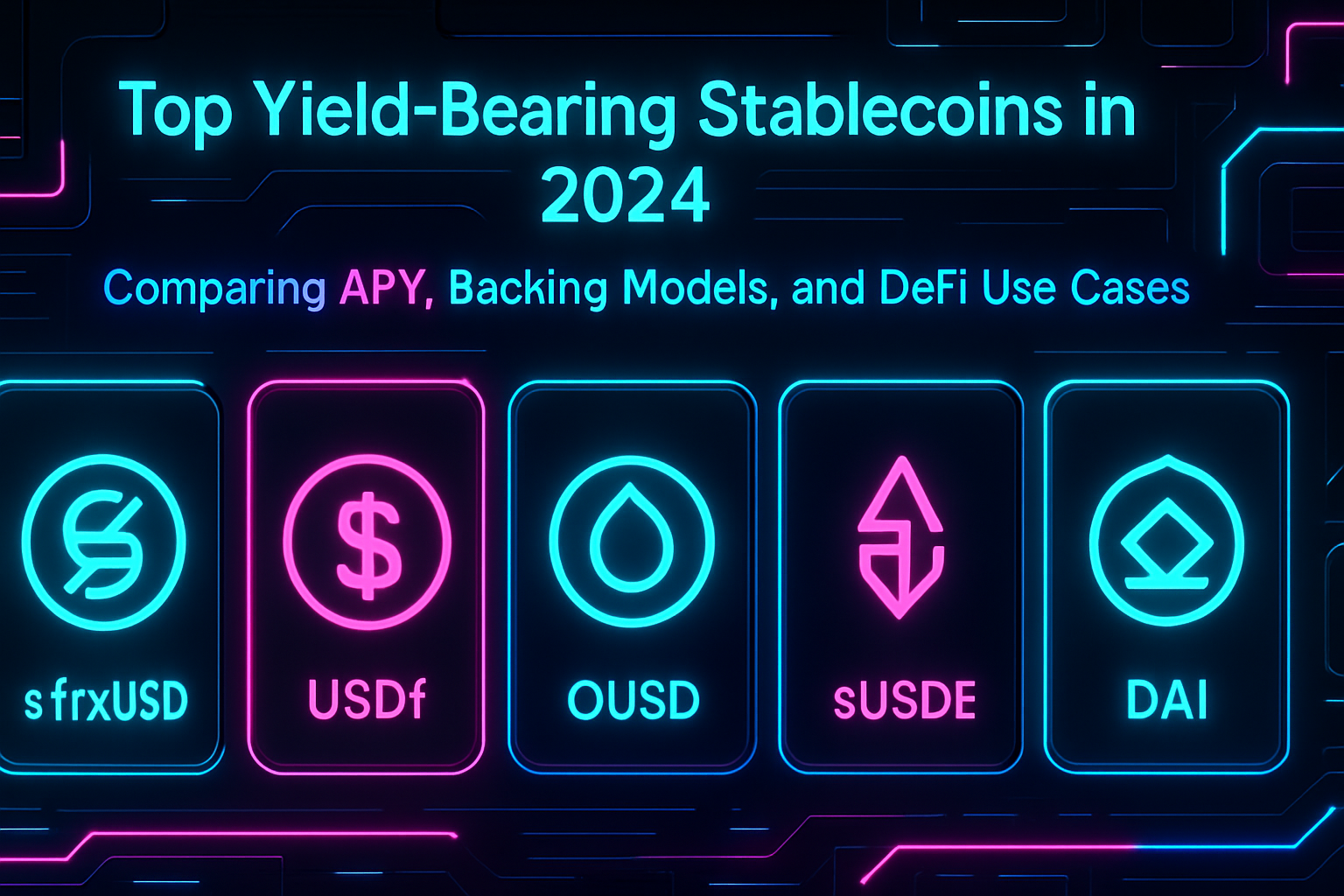
Yield-bearing stablecoins have emerged as one of the most sought-after innovations in decentralized finance (DeFi) in 2024. With the Federal Reserve’s benchmark rates remaining elevated and traditional savings yields lagging, crypto-native solutions are delivering competitive APYs while maintaining dollar stability. But not all yield-bearing stablecoins are built alike. Their returns, collateral structures, and integration across DeFi vary significantly, making it critical for investors to understand the nuances before allocating capital.

Why Yield-Bearing Stablecoins Dominate DeFi in 2024
Stablecoin adoption has accelerated rapidly, with DeFi protocols actively competing to attract user liquidity through attractive on-chain yields. According to recent data, Ethereum alone hosts over $124 billion in stablecoin TVL, with a notable shift towards assets that provide both price stability and passive income potential. This trend is not just driven by retail users; institutions are increasingly seeking compliant, transparent ways to earn yield on digital dollars.
The five stablecoins below represent the leading edge of this market in 2024, each offering a unique approach to risk management, yield generation, and composability within DeFi:
Top 5 Yield-Bearing Stablecoins in 2024
-
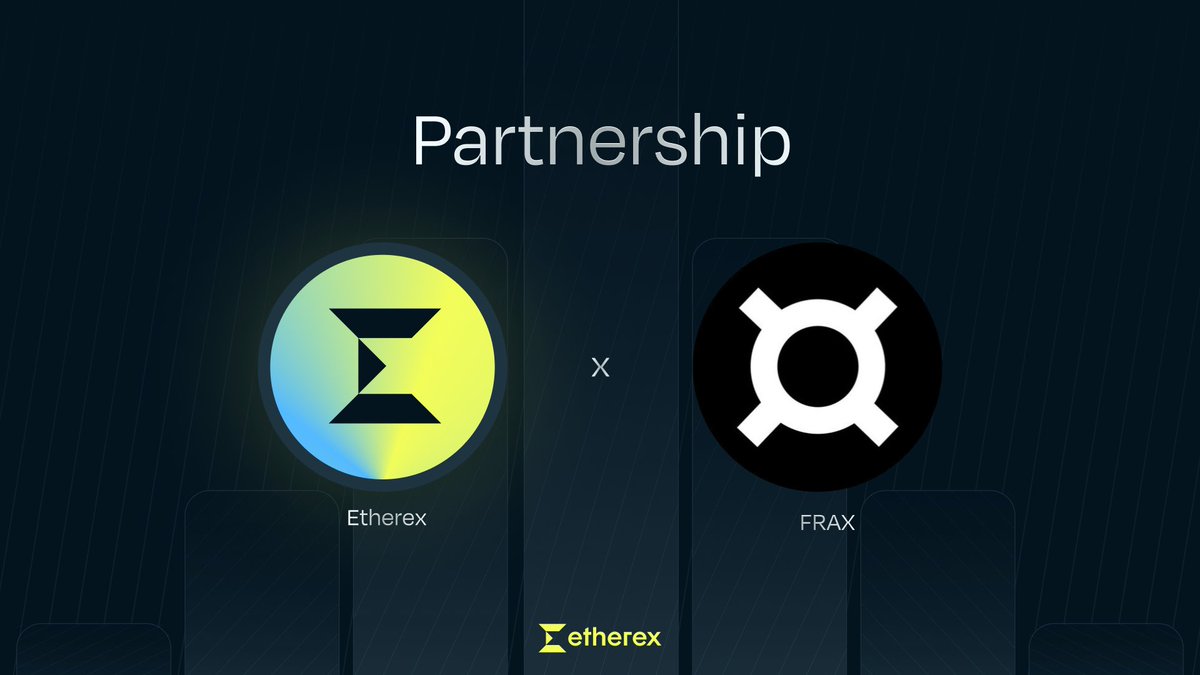
sfrxUSD (Staked Frax USD): APY: 5%–8% Backing Model: Collateralized by Frax’s reserve assets and staked in DeFi protocols DeFi Use Cases: Earns yield through Frax’s lending strategies, offering liquid staking for stablecoin holders. Widely integrated with Curve, Convex, and other DeFi platforms.
-
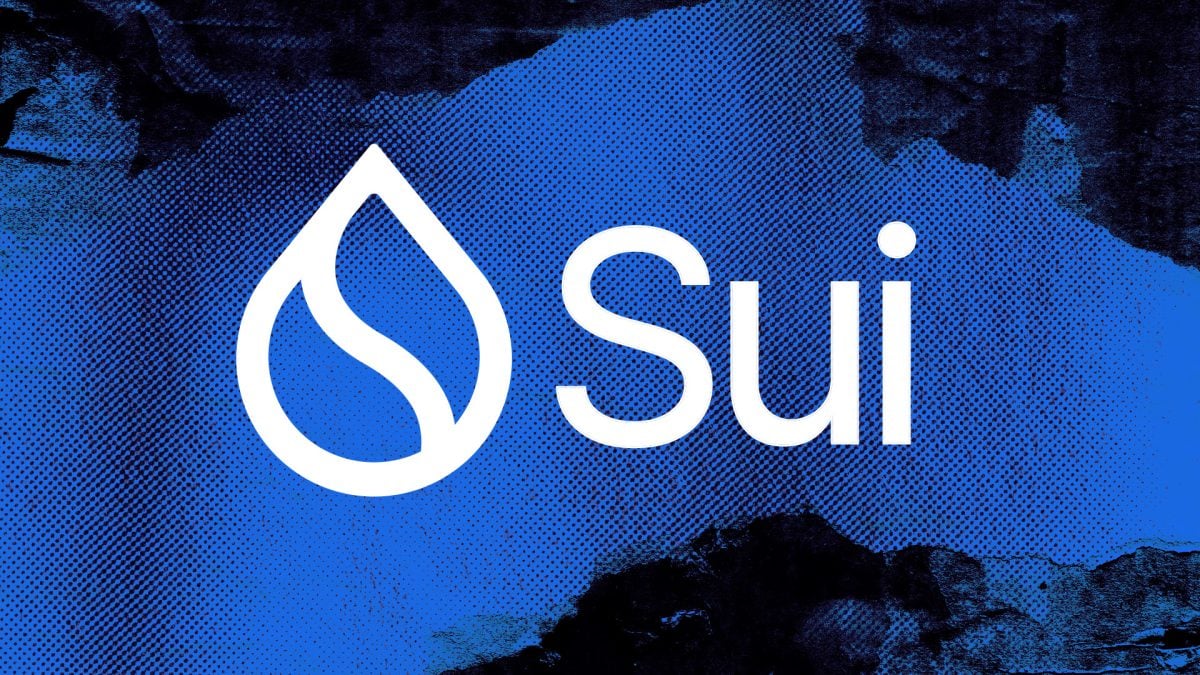
USDf (Ondo Finance USD Yield Token): APY: 4%–5% Backing Model: Fully backed by short-term U.S. Treasuries and bank deposits DeFi Use Cases: Provides exposure to U.S. Treasury yields for non-U.S. investors, with deep integration in DeFi lending and savings protocols.
-
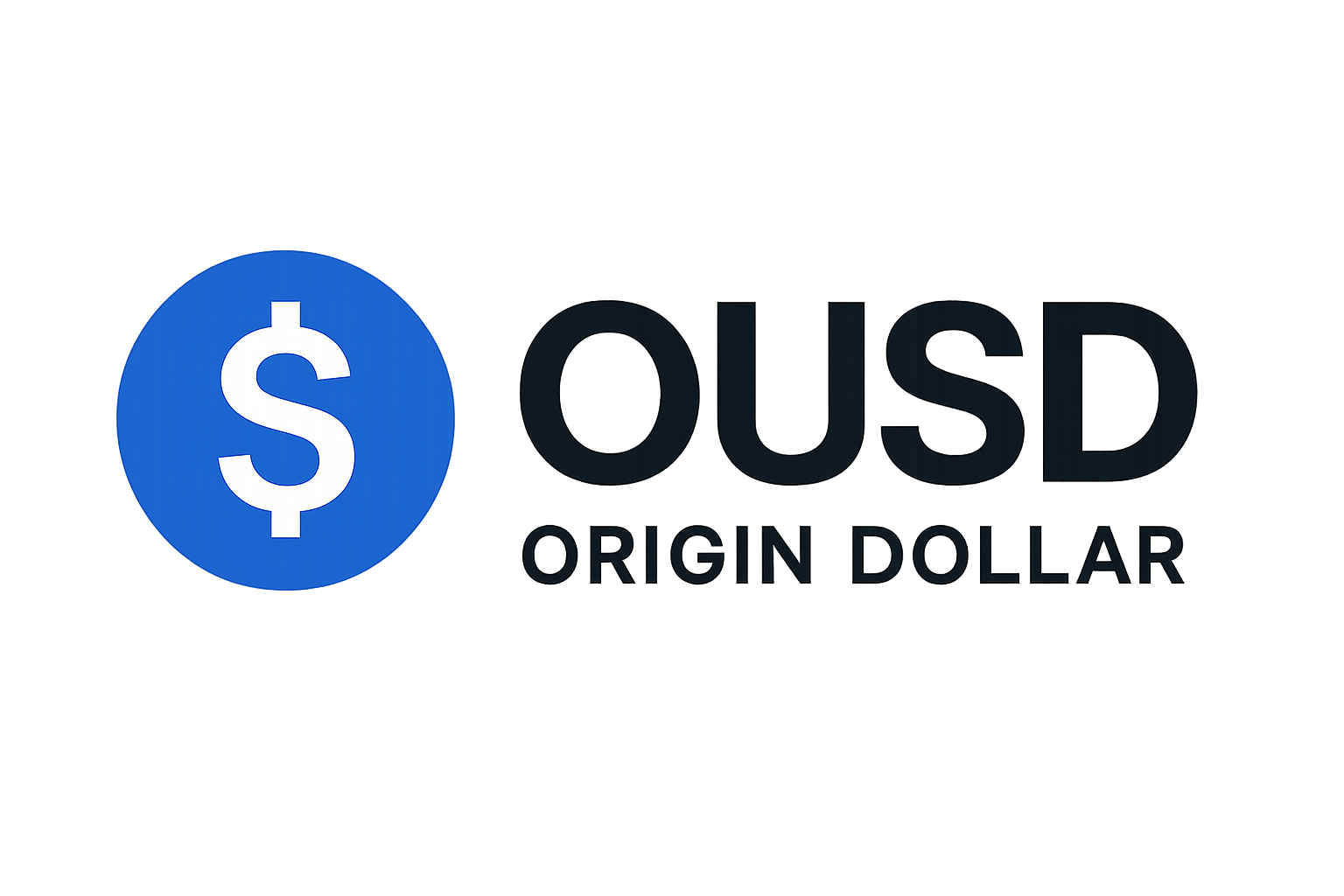
OUSD (Origin Dollar): APY: 4%–7% Backing Model: Backed by a basket of stablecoins (USDT, USDC, DAI) deployed into DeFi yield strategies DeFi Use Cases: Automatically earns and distributes yield to holders, with no need to stake or lock tokens. Supports instant liquidity and is used across major DeFi platforms.
-
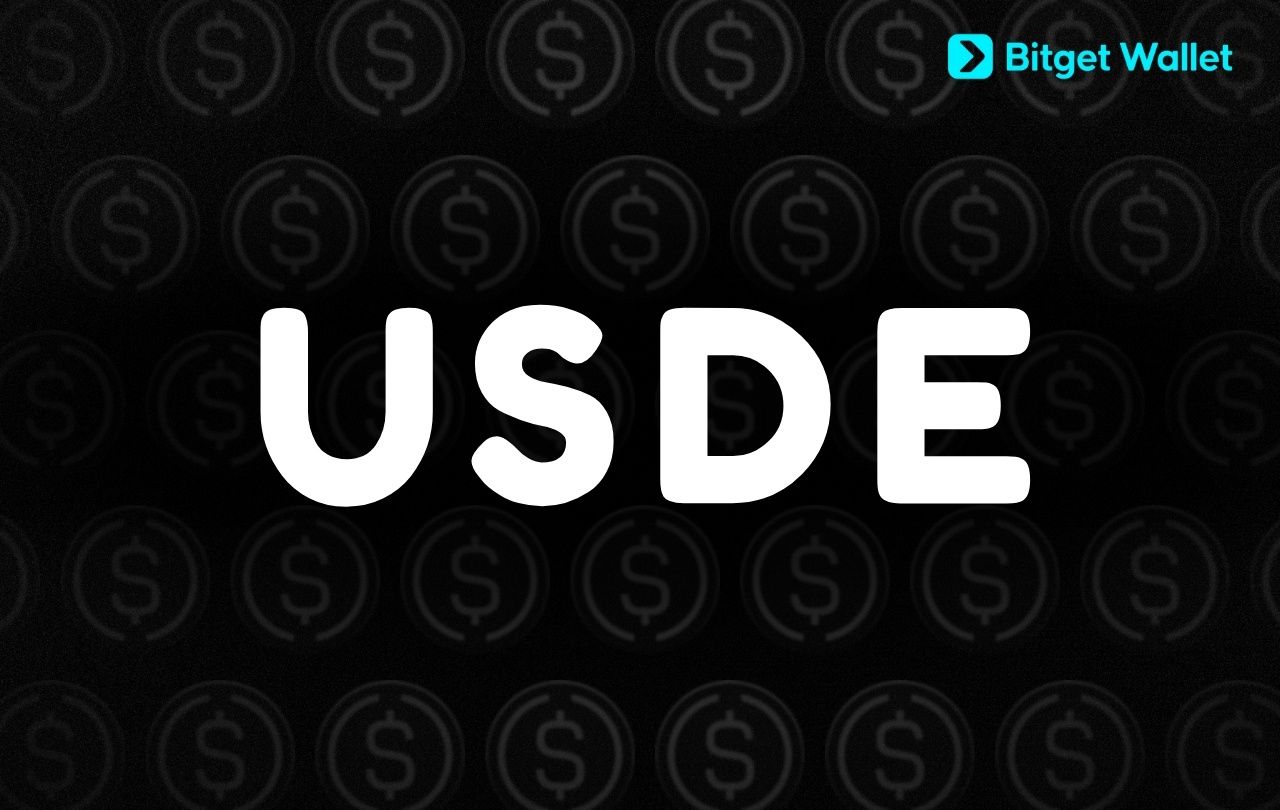
sUSDE (staked Ethena USDe): APY: 8%–12% Backing Model: Delta-neutral hedging strategies using staked ETH and futures DeFi Use Cases: Offers high on-chain yields with innovative risk management, but with increased complexity and exposure to market volatility. Integrated with emerging DeFi protocols.
-

DAI (with DSR/Enhanced Savings Rate): APY: 4%–8% Backing Model: Overcollateralized by crypto and real-world assets (ETH, USDC, RWAs) DeFi Use Cases: Decentralized and transparent, DAI earns yield via the Dynamic Savings Rate (DSR), making it a mainstay for DeFi-native savings and lending strategies.
sfrxUSD (Staked Frax USD): Composable Yields with Real-World Backing
sfrxUSD, issued by Frax Finance, has quickly become a core building block for sophisticated DeFi strategies. Unlike traditional stablecoins that simply hold reserves, sfrxUSD is backed by short-term U. S. Treasuries and operates through a staking mechanism layered on top of Frax’s own frxUSD. Users deposit frxUSD into the Frax Ether staking module, receiving sfrxUSD in return, which automatically accrues yield derived from real-world asset interest.
This design delivers an APY typically ranging from 5%–8%, outpacing many centralized offerings while retaining full composability across major protocols. The transparent backing model and on-chain attestations have made sfrxUSD especially popular among risk-conscious investors seeking sustainable returns.
“Yield-bearing stablecoins like sfrxUSD are bridging TradFi yields into DeFi rails, without sacrificing composability or transparency. ”
USDf (Ondo Finance USD Yield Token): Institutional-Grade Access to Treasury Yields
USDf, launched by Ondo Finance, exemplifies how tokenized real-world assets are reshaping DeFi’s risk-reward profile. Backed exclusively by short-term U. S. Treasuries and bank deposits held off-chain, USDf is structured as a permissioned token, primarily targeting non-U. S. individuals and institutions seeking regulatory clarity alongside attractive yields.
The typical APY for USDf hovers between 4%–5%, closely mirroring current Treasury bill rates (source). While not as composable as some rivals due to KYC requirements, USDf’s robust legal framework has made it the preferred choice for allocators prioritizing compliance without compromising on returns.
OUSD (Origin Dollar): Passive Income via Automated Strategy Aggregation
OUSD, developed by Origin Protocol, takes a distinct approach: instead of relying solely on external yields from RWAs or lending markets, OUSD automatically allocates user deposits across multiple blue-chip DeFi strategies, such as Aave lending or Curve LP positions, to optimize returns at all times.
This dynamic allocation enables OUSD holders to passively earn an APY generally within the 3%–7% range without having to manually chase opportunities or manage gas fees. The rebasing mechanism means users’ OUSD balances increase directly in their wallets, a user-friendly feature that has driven strong adoption among both newcomers and seasoned DeFi participants.
The Next Generation: sUSDE and DAI Enhanced Savings Rate
The landscape doesn’t stop here; new entrants like sUSDE (staked Ethena USDe) and DAI with its Dynamic Savings Rate (DSR) are also pushing boundaries. . .
sUSDE, issued by Ethena Labs, has garnered attention in 2024 for its innovative approach to yield generation. Rather than relying solely on traditional collateral or lending, sUSDE employs a delta-neutral strategy: it combines staked Ethereum with short futures positions to capture funding rate differentials. This structure has enabled sUSDE to consistently deliver APYs in the 8%–12% range, among the highest in the stablecoin sector this year.
However, these elevated yields come with added complexity and risk. The protocol’s performance depends on market volatility and the sustainability of perpetual futures funding rates. While sUSDE is fully composable across major DeFi protocols and offers robust transparency, investors should be mindful of smart contract risk and potential depegging during periods of extreme market stress.
DAI (with DSR/Enhanced Savings Rate): Decentralization Meets Dynamic Yield
DAI, managed by MakerDAO, remains a foundational pillar in DeFi due to its decentralized, overcollateralized model. In 2024, DAI’s appeal has been supercharged by an enhanced Dynamic Savings Rate (DSR), now offering APYs between 4%–8%. This rate dynamically adjusts based on protocol governance and market conditions, allowing DAI holders to earn passive income simply by depositing into the DSR module.
The transparent collateralization (primarily ETH, USDC, and real-world assets) ensures resilience during market swings. DAI’s broad composability means it integrates seamlessly with hundreds of DeFi protocols, from lending markets like Aave to automated yield aggregators, making it an enduring favorite for both retail and institutional users.
Comparative Snapshot: Yield-Bearing Stablecoins at a Glance
To help investors quickly assess their options, here’s a side-by-side comparison of these five leading yield-bearing stablecoins:
Comparison of Top Yield-Bearing Stablecoins in 2024
| Stablecoin | APY Range (%) | Collateral/Backing Model | Composability Score (1-5) | Primary DeFi Use Cases |
|---|---|---|---|---|
| sfrxUSD | 6%–8% | Backed by Frax Protocol assets, earns yield from Frax lending/AMO strategies | 4 | DeFi lending, liquidity pools, yield farming |
| USDf | 4%–5% | Backed by short-term U.S. Treasuries and bank deposits (Ondo Finance) | 3 | Passive income, institutional DeFi, cross-border settlements |
| OUSD | 5%–8% | Automated yield aggregation from lending and AMMs (USDT, USDC, DAI) | 4 | Passive yield, composable DeFi strategies, automated earnings |
| sUSDE | 8%–12% | Delta-neutral hedging (staked ETH + short futures via Ethena) | 3 | High-yield DeFi, risk-managed stablecoin exposure |
| DAI/DSR | 4%–8% | Overcollateralized (ETH, USDC, RWAs) with Dynamic Savings Rate | 5 | Savings, lending, collateral, DeFi-native strategies |
The diversity among these stablecoins reflects just how far the sector has evolved. sfrxUSD leads in composability with real-world asset backing; USDf stands out for regulatory clarity; OUSD shines for automation; sUSDE pushes boundaries with innovative hedging; while DAI and DSR remains the trusted decentralized choice.
Strategic Considerations for 2024 Yield Seekers
Navigating this landscape requires more than just chasing headline APYs. Investors should weigh:
- Collateral Transparency: Is the backing clear and regularly attested?
- Sustainability of Yield: Are returns driven by sustainable sources or transient market conditions?
- Composability: How easily can the token be integrated across protocols?
- KYC/Regulatory Requirements: Does access require identity verification or geographic restrictions?
- User Experience: Are yields paid automatically (rebasing), or does claiming require extra steps?
The best approach often blends multiple stablecoins to diversify risk while capturing differentiated sources of yield. The era of static stablecoins is ending, dynamic yield-bearing tokens are now central to both passive income strategies and advanced DeFi portfolio construction.
The future trajectory will depend not only on interest rate cycles but also on continued innovation in collateral models and protocol design. As always in DeFi: transparency remains paramount, and diversification is your best defense against unforeseen shocks.






